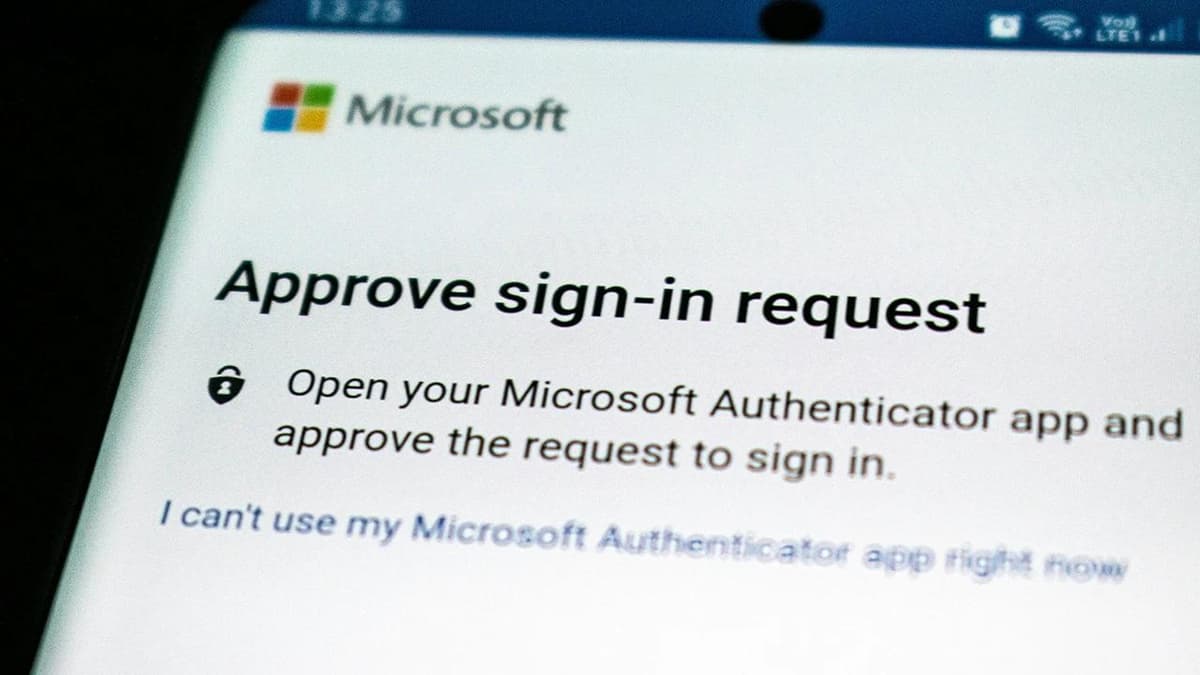Understanding the Training Process in Generative Pre-trained Transformers (GPT)
The training process in Generative Pre-trained Transformers (GPT) is a fascinating and complex journey. To better understand this process, let's use the metaphor of training a football team and incorporate some visual aids like tables or formulas.
The Basics of GPT Training
GPT training is like preparing a football team for a big season. The team (GPT) needs to learn various plays (language patterns) and strategies (context understanding) to perform well in games (language tasks).
-
Pre-Training Phase: This is the initial, extensive training period where the model learns from a vast amount of data. It's akin to a football team undergoing rigorous practice sessions, where they learn various plays and techniques.
Training Aspect Football Analogy Large Dataset Learning Learning plays from football history Pattern Recognition Recognizing opponent strategies Language Understanding Understanding play calls -
Fine-Tuning Phase: After pre-training, GPT is fine-tuned for specific tasks, much like a football team tailoring their strategy for an upcoming opponent.
Fine-Tuning Aspect Football Analogy Specific Task Learning Preparing for a specific opponent Adaptation to New Data Adjusting strategies based on recent games Enhanced Performance Improved team play and coordination
How GPT Learns and Improves
Learning from Data
The process through which GPT learns from data is comparable to how a football coach studies and learns from past matches. GPT analyzes vast amounts of text data - this includes books, articles, conversations, and other written materials - to understand and internalize the 'rules' of language, such as grammar, syntax, and semantics. Just as a football coach observes patterns, strategies, and techniques from past games, GPT identifies and assimilates language patterns and rules from the data it processes.
Does GPT Need to Be Taught Grammar and Syntax?
An interesting aspect of GPT's learning process is whether it requires explicit teaching of grammar and syntax rules, as humans do. The answer lies in its training methodology:
-
Implicit Learning: Unlike human learning, where we often start with explicit grammar rules, GPT learns these rules implicitly. It discerns patterns and structures in the data it analyzes. For instance, through exposure to correct sentence structures in its training data, GPT learns what a grammatically correct sentence looks like without being explicitly taught the rules of grammar.
-
Pattern Recognition: GPT is designed to recognize patterns in data. As it processes large volumes of text, it starts to notice how words are typically put together, what makes a sentence, and how sentences form paragraphs. This pattern recognition extends to more complex aspects like verb conjugation, noun-verb agreement, and sentence structure, which are fundamental to grammar and syntax.
-
No Need for Direct Teaching: Because of this ability to learn implicitly, there's no need for humans to directly teach GPT grammar or syntax rules. It learns them on its own by analyzing the correct (and incorrect) use of language in the texts it processes. The variety and breadth of its training data ensure that it is exposed to numerous examples of language use, which helps it understand and apply grammatical and syntactical rules accurately.
-
Continuous Improvement: GPT's learning is not static; it continuously improves its understanding of grammar and syntax as it processes more data. This ongoing learning process allows GPT to adapt to new styles of writing, emerging slang, and even changes in language use over time.
-
Contextual Understanding: Beyond just grammar and syntax, GPT also learns the context in which words and phrases are used. This is akin to a football coach not only understanding the rules of the game but also the strategies that work best in different playing conditions. GPT's ability to understand context enhances its effective use of language, making its interactions more human-like.
The learning process of GPT is a sophisticated blend of implicit learning and pattern recognition. GPT absorbs the nuances of language directly from the data it processes, without the need for humans to explicitly teach it the rules of grammar and syntax. This method of learning ensures that GPT can understand and generate language that is not only grammatically correct but also contextually appropriate, continually adapting and improving its language capabilities much like a coach refining their team's strategies over time.
The Role of Pre-set Rules
In training GPT, pre-set rules are as crucial as the basic rules in NFL. These rules set the stage for learning, offering a structured yet flexible approach.
For example, a key rule is that players, except the quarterback and receivers, generally don't use their hands to control the ball. This rule defines the game's nature but doesn't confine the variety of tactics or skills players use within these limits.
In a similar way, GPT operates on fundamental rules, like how it handles language. A core rule for GPT is its method of breaking down and reconstructing language using word sequences, or 'tokens'. This is akin to how passing the ball is a basic yet essential aspect of football. While passing is a foundational action in football, the handling of tokens is fundamental to how GPT works and learns.
Here's an example of pre-set rules in GPT:
-
Tokenization Rule: GPT uses a process called tokenization, where it breaks down text into smaller pieces, or tokens. This is a basic rule - it must understand these tokens to make sense of language. It's like teaching football players to control the ball; they need this skill before they can play effectively.
-
Sequence Learning: After tokenization, GPT learns the sequence or order of these tokens to understand and generate language. It is similar to the players learning to pass the ball in a sequence during a game to maintain possession and score.
-
Contextual Understanding: Just as a football player needs to understand the game's context (where the opponents and teammates are, what's the score, etc.), GPT learns to understand the context in which words are used. This is not a strict rule but a skill developed within the framework of token processing and sequence learning.
These pre-set rules in GPT's training, like tokenization and sequence learning, are the basic skills it needs to process language. Within these guidelines, GPT learns the intricacies of language, such as context, tone, and meaning, much like a football player learns to read the game and develop advanced skills within the basic rules of football. These rules set the stage for GPT's advanced learning and adaptability, allowing it to tackle a wide range of language tasks with increasing sophistication.
Feedback Mechanism
The feedback mechanism in GPT's training is essential, resembling the role a football coach plays in giving feedback to their players. This mechanism is a critical part of how GPT learns from its errors and enhances its language processing abilities.
In GPT's training, feedback comes from two main sources: the GPT model itself and human involvement. Let's delve into how each of these contributes to the training process.
Self-Correction by GPT
-
Automated Feedback Loop: GPT incorporates an inherent feedback system during its training. When it generates language, it compares its output to the expected output based on its training data. If discrepancies are found, the model adjusts its internal parameters. This is similar to a player practicing shots and modifying their technique based on whether they score or not.
-
Statistical Learning: GPT employs statistical methods to gauge the likelihood of certain words or phrases following others. When mistakes are made, these statistical models aid in recalibrating and enhancing its predictions. This process resembles a player learning from each game and improving strategies for future matches.
Feedback from Human Trainers
-
Human Oversight: Human trainers are integral, particularly in the initial stages of GPT's training. They examine the outputs generated by GPT, pinpoint errors or inaccuracies, and provide corrective feedback. This process is comparable to a coach reviewing game footage with players to highlight mistakes and areas needing improvement.
-
Fine-Tuning with Human Feedback: After the base training, human trainers often refine GPT by offering more specific feedback. For instance, if GPT is being trained for specialized applications like medical advice or legal analysis, experts in those fields may give focused feedback to ensure the model's accuracy and relevance in those specific areas.
-
Quality Control: Human feedback is also crucial for maintaining quality control, ensuring that GPT's outputs are not only grammatically correct but also appropriate and free from bias. This process is similar to a coach ensuring that a player’s skills are not just effective but also adhere to the rules and ethos of the game.
So, the feedback mechanism in GPT’s training is a blend of its self-correction capabilities and inputs from human trainers. While GPT can autonomously adjust its approach using internal algorithms and statistical learning, human feedback is vital for the model's fine-tuning, assuring quality, and steering it towards specific applications or tasks. This combination of automated and human-directed feedback enables GPT to refine its language processing abilities effectively, similar to how a player improves their performance on the field through personal practice and a coach's guidance.
Improving Performance
GPT's improvement over time can be compared to the way a football team enhances its skills with continuous practice. This improvement in GPT is not just about learning more words; it's about understanding the intricacies of language better and being able to apply this understanding in various scenarios.
-
Encountering Diverse Data: Just as a football team plays against different opponents to understand various playing styles, GPT encounters a diverse range of data. This includes different writing styles, genres, and even dialects. By processing such a wide array of information, GPT becomes more adept at handling the complexities and subtleties of language.
-
Contextual Adaptation: GPT's improvement is also evident in how it adapts to context. Similar to how a football team adjusts its strategy based on the opponent's tactics and the game's progress, GPT learns to adjust its language output based on the context of the conversation or the specific task it's performing. This makes its interactions more relevant and fitting to the situation.
-
Fine-tuning for Specific Tasks: Over time, GPT's performance is further refined for specific tasks. This is like a football team focusing on certain plays to improve their performance in specific game situations. For GPT, this could mean better understanding and generating technical jargon for scientific texts, or adopting a more conversational tone for chatbot applications.
-
Learning from Feedback: Just as a football team reviews past games to identify strengths and weaknesses, GPT learns from feedback. This could be in the form of corrections made by human trainers or errors identified during its interactions. Each piece of feedback helps GPT to make more accurate language predictions in the future.
-
Algorithmic Enhancements: The underlying algorithms of GPT also evolve, improving its efficiency and accuracy. This is akin to a football team updating their training methods to achieve better results. These algorithmic improvements help GPT process information faster and more accurately, leading to better performance in language generation tasks.
GPT's ability to improve its performance over time is a dynamic and multifaceted process. This ongoing process of learning and adaptation is what enables GPT to continually enhance its ability to understand and generate language, much like a football team that grows stronger and more skilled with each practice and game.
The Importance of Diverse Data
Just like a football team benefits from practicing against various opponents, GPT benefits from diverse training data. This diversity helps it understand different language styles, contexts, and nuances, making it more versatile and effective.
The training process of GPT is an intricate balance of learning from a vast amount of data, adhering to pre-set rules, and continuously improving through feedback. Just like a well-coached football team, GPT becomes more adept and skilled over time, capable of handling a wide range of language tasks with increasing sophistication and accuracy. This dynamic training process is the key to why machines like GPT can learn, adapt, and excel in the complex world of human language.












